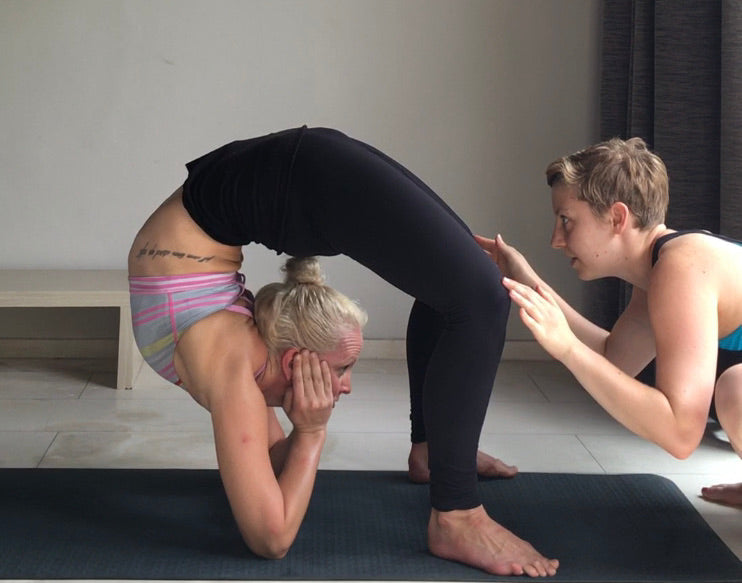
CATIE BRIER
Catie Brier is a world-renowned contortion and flexibility coach. She started her career as a dancer, acrobat and professional contortionist, but now focuses on helping students of all levels to achieve their bendy goals. Her clients include professional circus performers, pole dancers, aerialists, yogis, dancers, weight lifters, etc., as well as normal humans who have an interest in improving their flexibility for day-to-day life. Catie was the Contortion Department Head at Circus Centre in San Francisco from 2014-2019 and now resides in Munich, Germany with her family.'If your goal is to be more flexible, it is possible! It just takes patience, commitment and some kindness to yourself.'

Would you tell us about you in a few lines?
I work with hundreds of students worldwide each year, ranging from complete beginners to professional performers. Through the magic of Instagram, I’ve been able to showcase the way that I teach with an emphasis on my ideals as a coach and show what type of progress my students make. Showing all of that in real time, and on different body types, seemed to resonate with people of all levels.
You are known to be the magic lady who makes people flexible. Lots of contortionists worldwide consult you. What is your secret (read between the lines 'approach')?
I truly don’t know… I’ve always been a problem solver though, and I think that mentality serves me really well as a coach. I don’t immediately focus on the most fun/hardest thing they can do. I want to look at their body, see what’s working well and what isn’t and help them address the parts that are the most limiting for them. And once we get their flexibility ‘evened out’, we can start to do a lot of fun stuff and it’s easier for them to learn tricks and interesting poses. I believe that’s at least partly what makes my approach somewhat unique, because I start with the ‘boring’ stuff and making sure the base we build off of is solid, because that is the most important part!
How long must one study to see significant improvement? Can anyone improve their flexibility?
It is absolutely possible for anyone to greatly improve their flexibility, but how long it will take varies depending on the person’s background in movement—or lack thereof—current fitness level, baseline flexibility and strength and commitment level. For example, if someone is very tight, has been rock climbing for the last 20 years, and can only commit to working on their flexibility once a week, it will take some time—at least 6-18 months—to get the muscles to relax, open up and see a really visible change. But with the right style of training, they will most likely be able to feel more comfort in their bodies in less time. On the flip side, if someone has had a daily yoga practice for 2+ years, they might be able to see a nice change in their flexibility by focusing on the strength aspect of flexibility and committing three days a week to this type of training. It’s very subjective but absolutely possible for anyone to improve.
When it comes to lifestyle, are there special rules to obey in terms of diet and habits?
In my opinion, not necessarily. But again, it depends on the person. I personally find that if I drink a lot of coffee, my muscles feel tighter and less willing to move freely. So I pay close attention to my water/coffee intake when I’m working on pushing my flexibility. There are some things that are good to pay attention to though, just to be aware your habits and of how your body feels when you don’t take care of it:
- Not eating enough protein: Your muscles need protein to become stronger and to improve flexibility you also need to improve overall strength.
- Not getting enough sleep: Your muscles repair themselves when you sleep, so regularly not getting enough sleep can cause issues.
- Not hydrating enough: Dehydration causes muscle tightness and fatigue, being properly hydrated is crucial.
What are the most common injuries? How can one avoid such harm?
The #1 injury I see is the ischial tuberosity—where the hamstring and glute connects. There are actually quite a few reasons why this gets injured so often, the two most common being:
- Stretching the hamstrings too much and not strengthening them equally—as often happens with yogis because there are so many forward folds.
- Pushing splits/oversplits really hard without having the proper muscles active to support the positions. This often happens with dancers, circus performers and pole artists, as they are training the flexibility for specific tricks and often try to rush the process. This also happens if you stretch the splits with ‘open’ hips, meaning the hip bones are not perfectly aligned to face forward.
One of the other common ‘injuries’ is lower back. Often when people start their flexibility training, they try to push into their bridge/cobra/wheel without properly preparing their bodies, and the part of our spine that is designed to bend (the lumbar spine) takes over which puts too much pressure on the lower back. In order for a backbend to be comfortable and safe, our entire spine, shoulders and hip flexors/glutes need to be helping out and working together. If one part is really tight—commonly the hip flexors and upper back—the lower back hasto overwork in order to make a bend happen. This is generally the reason for the lower back to hurt during training. If it hurts after training, it’s most likely that the lower abs aren’t strong enough to support the backbend. Focusing more on low-ab conditioning in general, but especially directly after backbending is the best way to help support the lower back!

What would you say to a 40 year old who thinks it's too late to become flexible? How should he/she start?
Definitely not! I work with a lot of people over the age of 40 (and even 50), and although the progress is usually slower than that of a 20-year-old, they are still able to improve. The most important thing for those over the age of 40 is to focus on the strength aspect of flexibility training. As we age our bodies naturally become weaker, so as we grow older the strength side of things becomes even more important. There are some really good general mobility programs out there that are good for beginners or people who have never really worked on their flexibility. Or if the person is fairly inactive to start with, just moving regularly is a good way to start!
I think it would be interesting for our readership if you shared a story of a student who left a mark on you, either due to fast improvements or anything else non-related to professionals.
I have a student from New Zealand who is in his 50s, has had a steady yoga practice for 20+ years and goes to see his master yoga teacher once a year. Even though he’s been doing yoga for many years, flexibility has always been a limiting factor, and due to the lack of flexibility he’s not been able to move on to deeper asanas. Because of this, he reached out to me and signed up for my Targeted Flexibility Training. We began working together online fairly regularly and after about 10 months, he went back to see his yoga master who was shocked—and very pleased—to see how much his flexibility had improved since the year before, especially given that it had been a problem for such a long time. During our next online session he told me, and he couldn’t even contain his excitement! He was so happy that he not only felt more comfortable, but that his yoga guru noticed a big change too. It’s those moments that really matter to me. As long as I’m able to help you achieve your goals, I’m happy. Whether your goals are advanced contortion, more comfort in your yoga practice, better lines in your aerial work or just comfort in your day-to-day life, it brings me so much joy when the student is feeling and seeing the change they want to make in their body.
Anything else you'd like to share with our readers?
If your goal is to be more flexible, it is possible! It just takes patience, commitment and some kindness to yourself. Flexibility training is not the most immediately rewarding thing in the world, but it can really improve your way of life. Your body will feel better, so you will feel better. And maybe you’ll even get to do things with your body you never thought were possible—which is always a really fun perk of this type of training. If you decide to start working on your flexibility, remember to take it slow and don’t force it. As you get more used to stretching and strengthening everything, your body will allow you to go further when it’s ready.
Find Catie Brier Contortion on Instagram | Facebook | Web Site
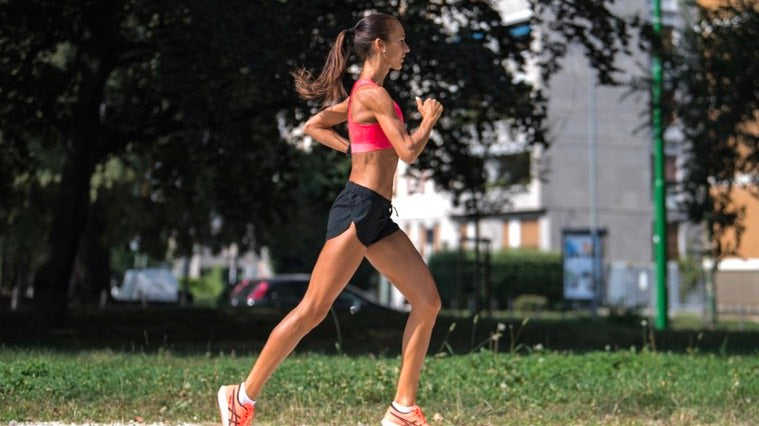

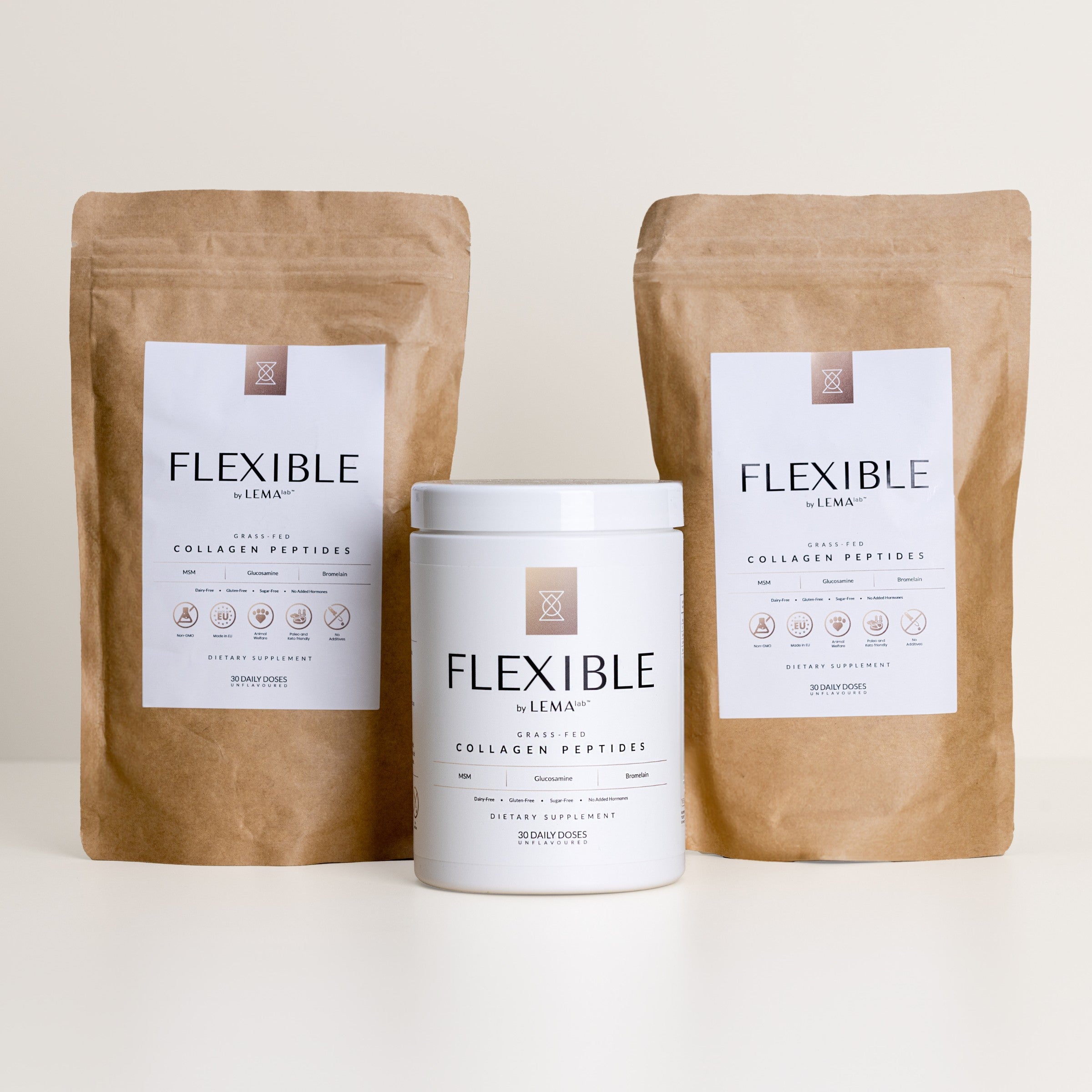
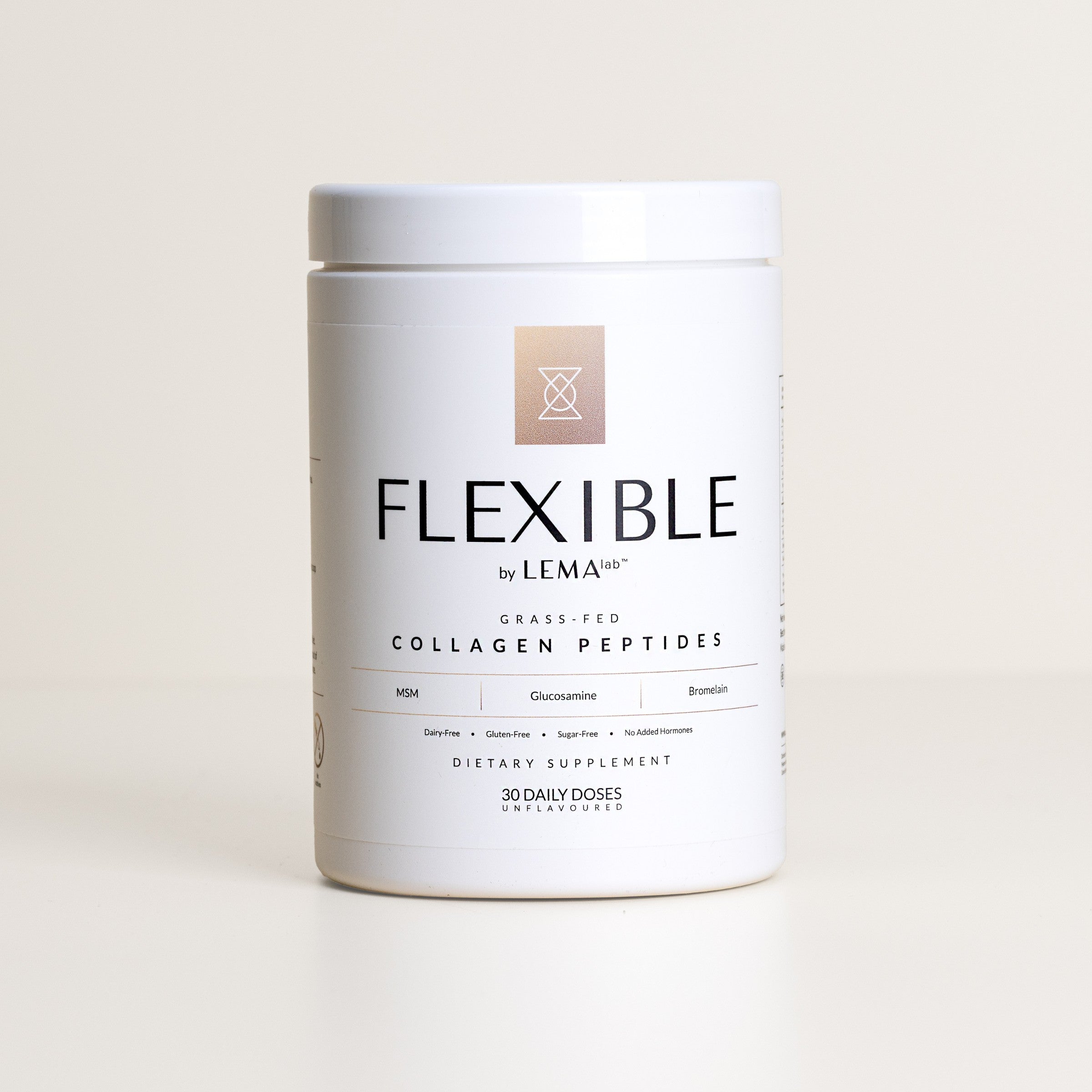

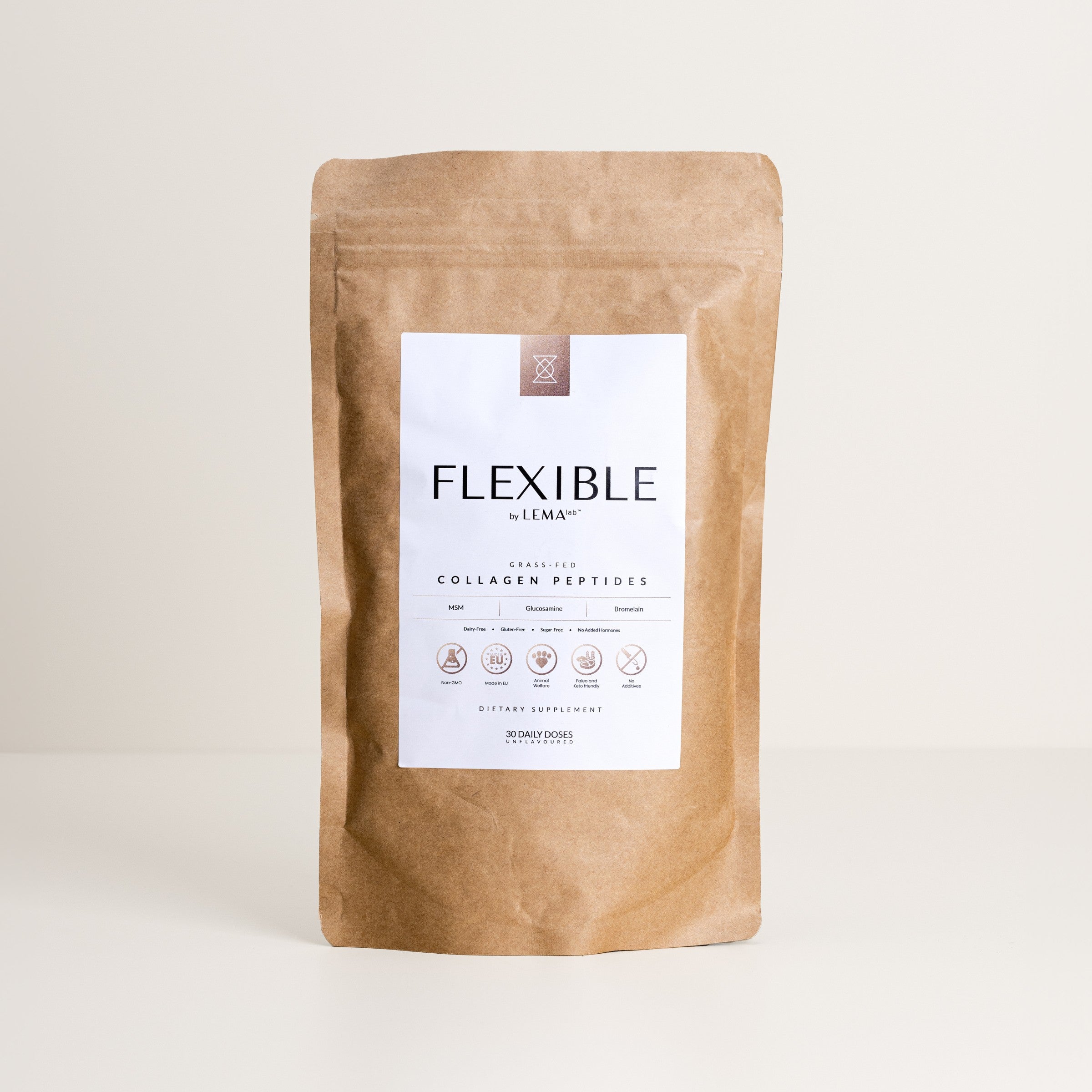

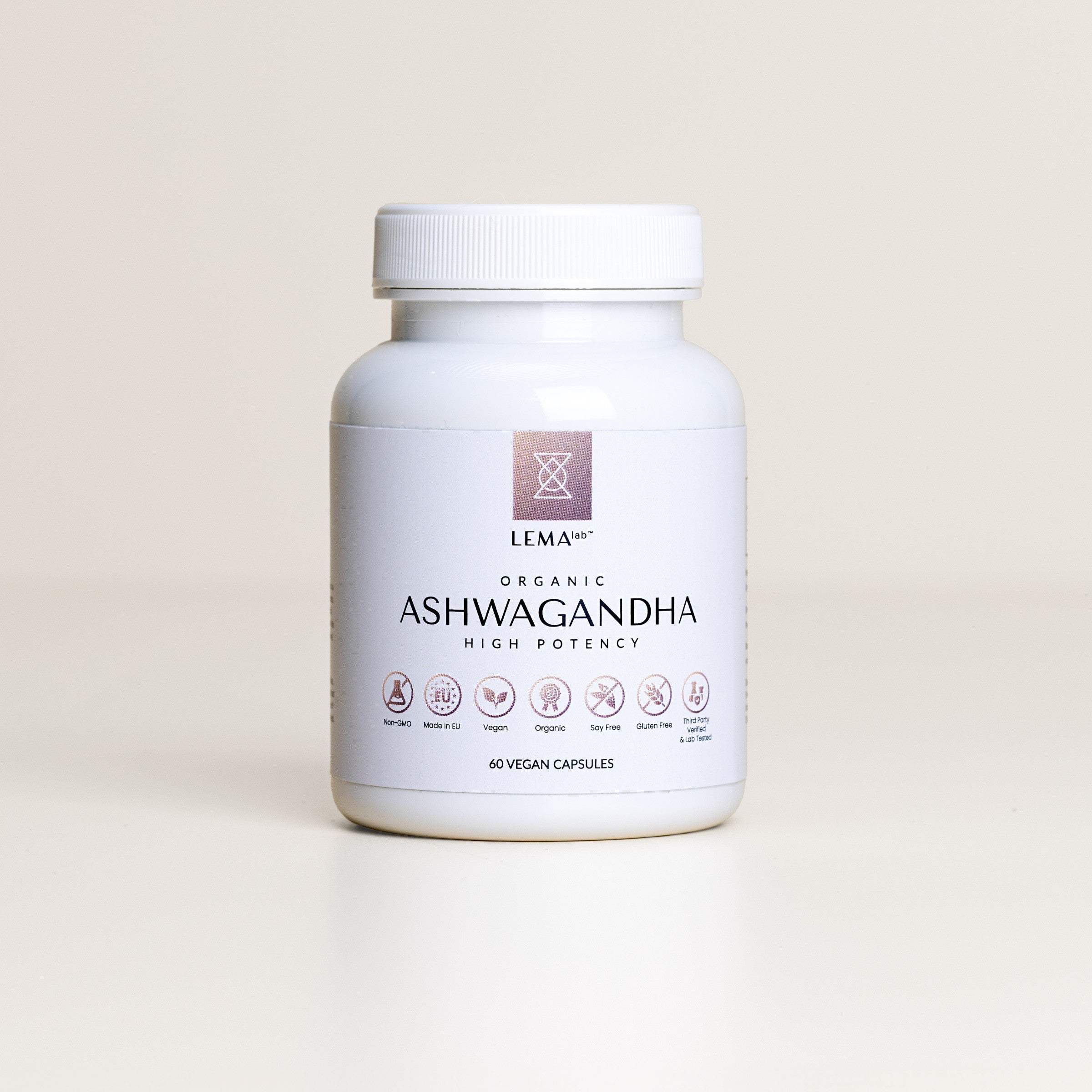

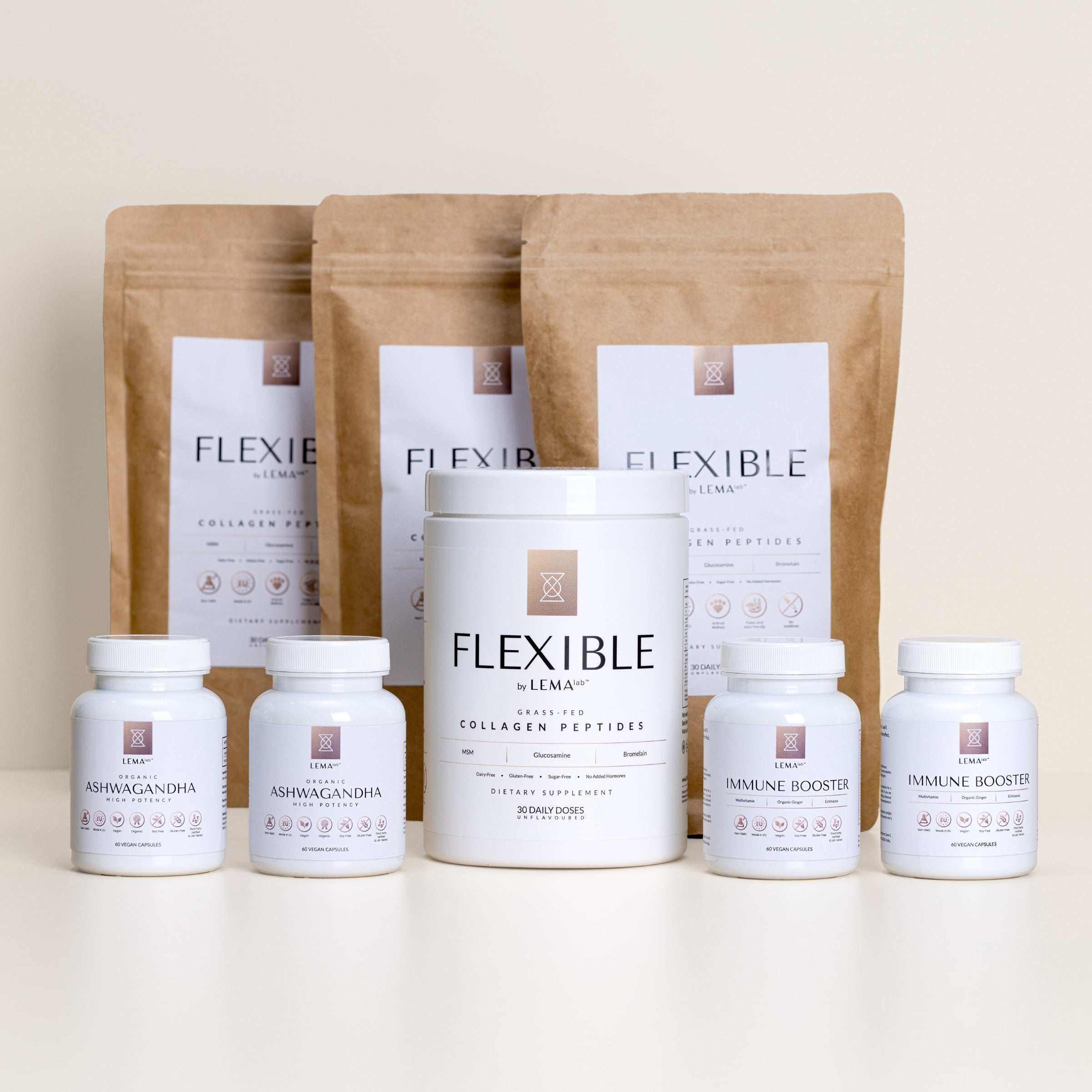
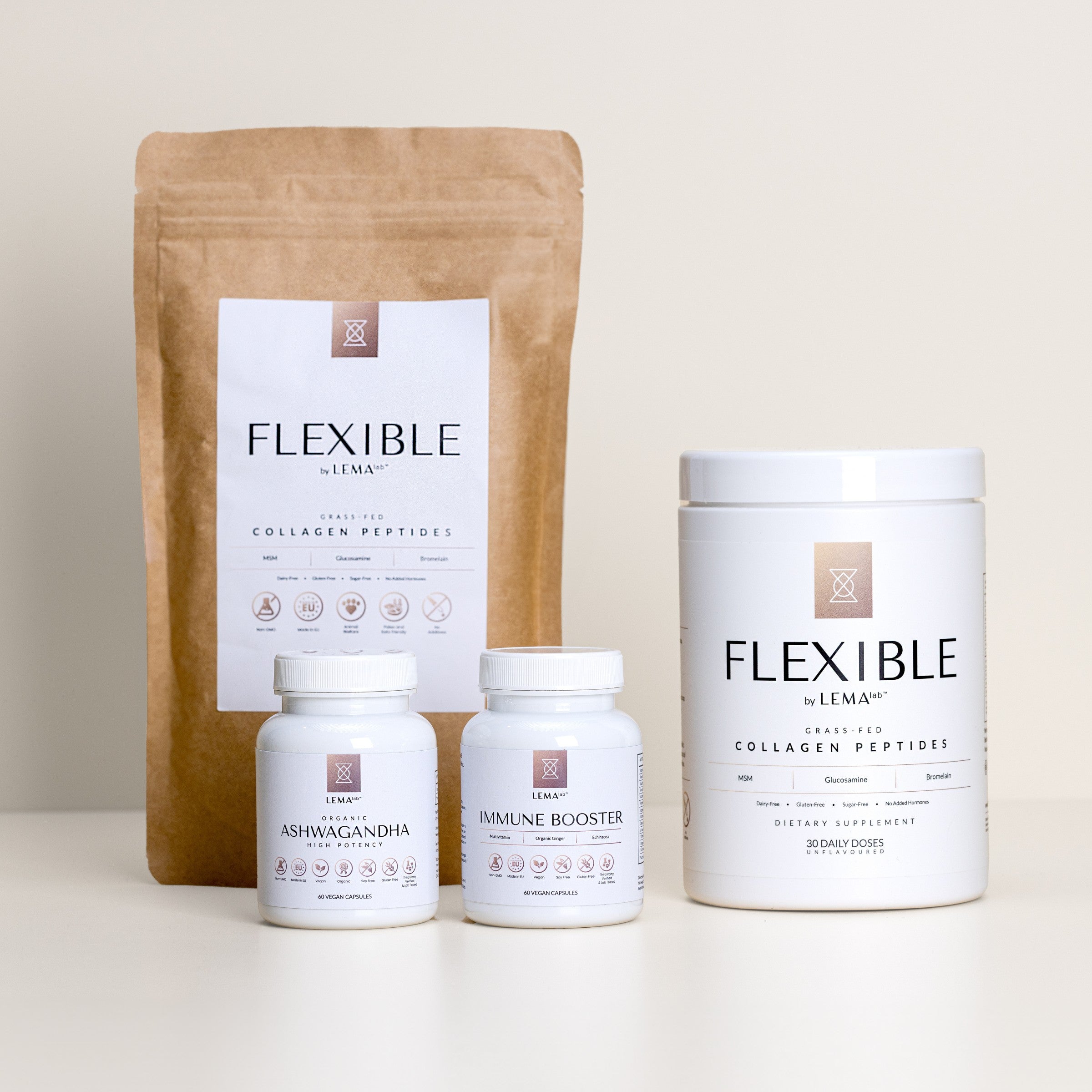

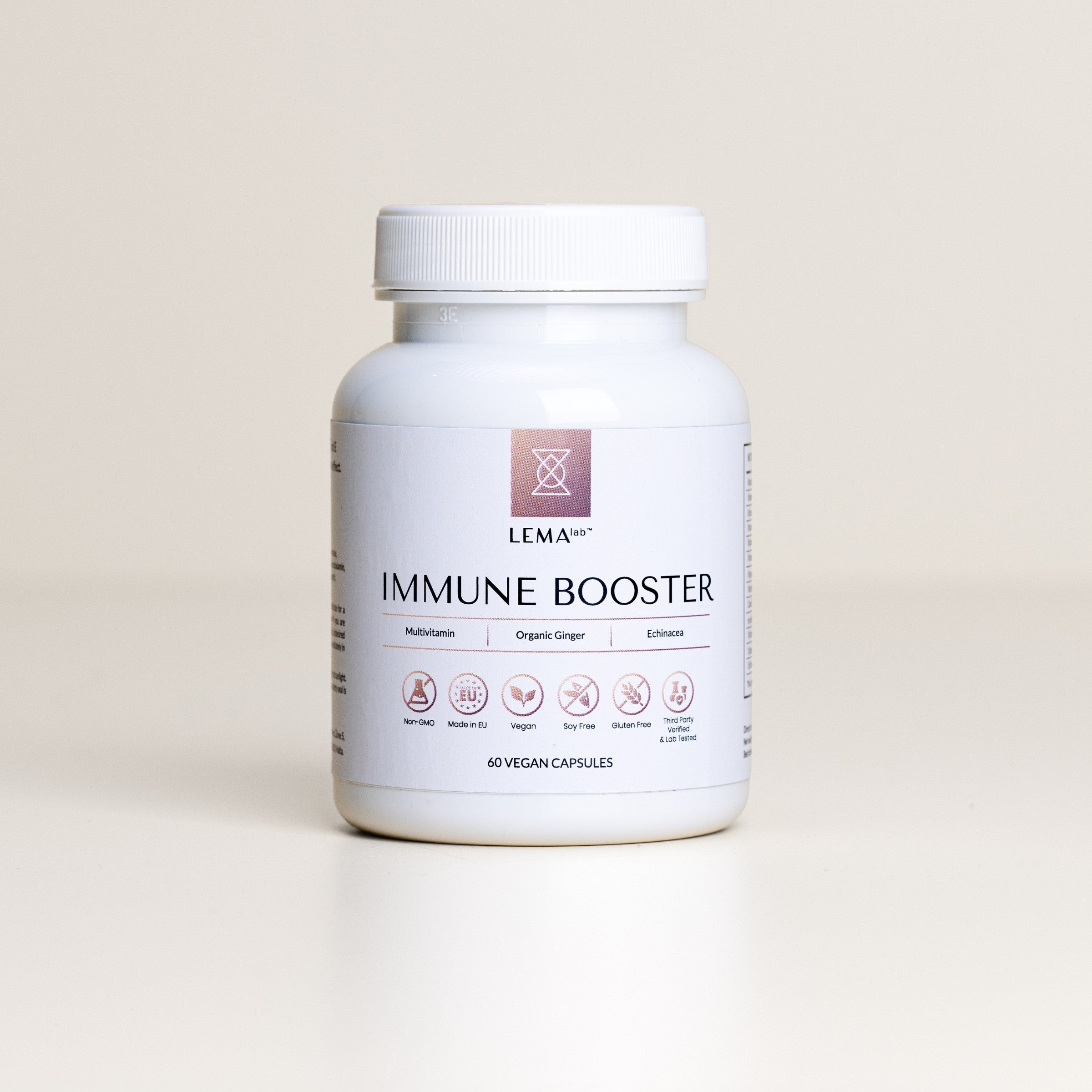

Leave a comment
This site is protected by reCAPTCHA and the Google Privacy Policy and Terms of Service apply.